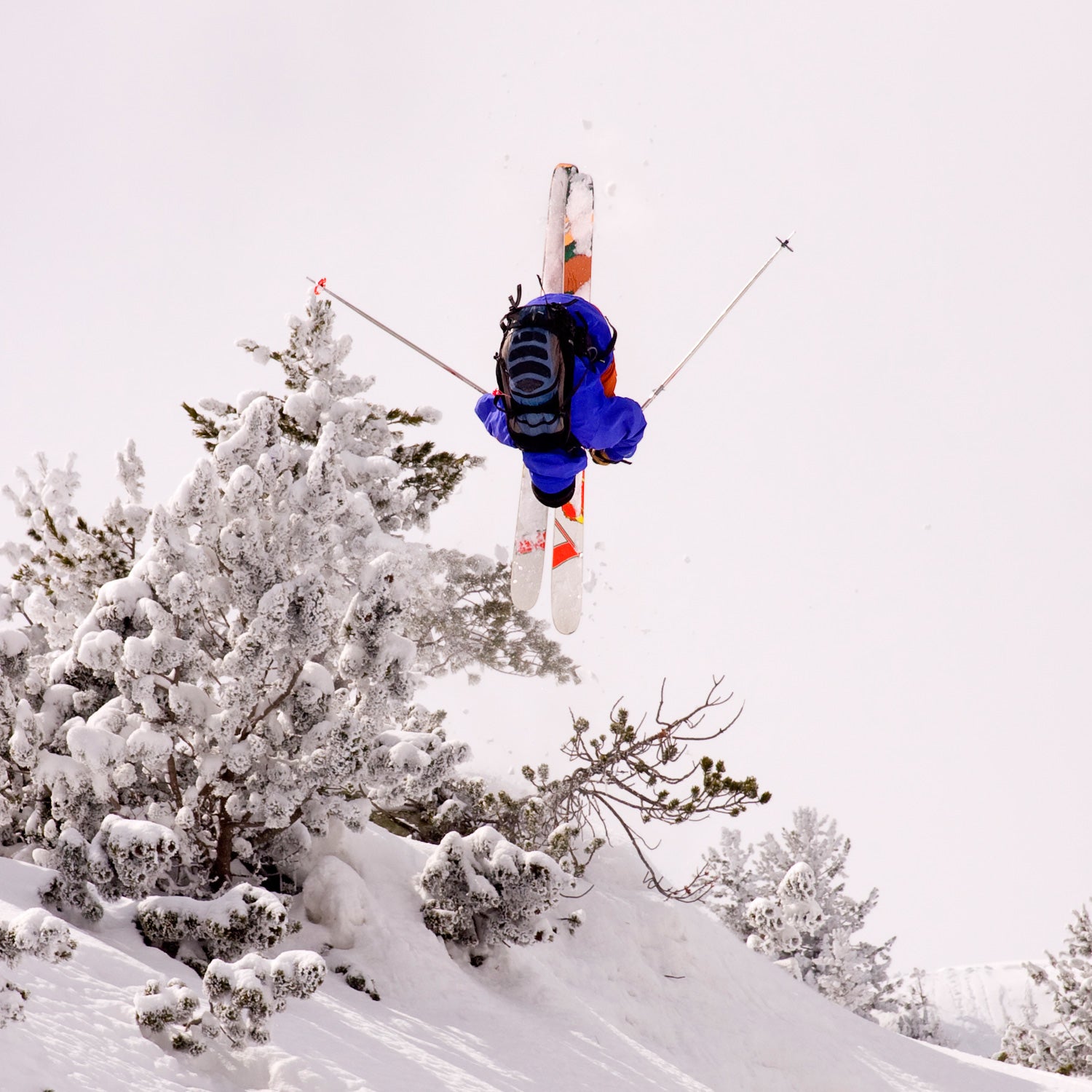People report more injuries during warmer months, but the reason has little to do with weather. “It comes down to exposure,” says Dr. ���Ǵ� . Just like you can’t get stung by a jellyfish if you don’t go in the water, “you can’t get injured doing physical activity if you’re not engaging in it.”
The good(ish) news for intrepid winter warriors who won’t couch it when the air gets crisp: the risk of musculoskeletal injuries don’t change much with the seasons, save for three notable exceptions. Below, what to watch out for and how to avoid getting sidelined.
#1. Quad Dominance
“People around here are very quad dominant because of all the skiing,” says coach Eric Orton. Downhill skiing, in particular, stresses quads over hamstrings and glutes. A strength imbalance among those muscles can lead to knee injuries.
The fix: Work on your posterior chain. Lunges and target glutes and hamstrings, as do one-legged squats on a Bosu ball, ball side down. Aim to do strength exercises two to three times a week, focusing on form over reps. “More is not always better, better’s better,” Orton says. “Do as many as you can with good form. And work not on increasing reps, but increasing range of motion.” In other words, try to squat a little deeper with proper form rather than doing a higher number of shallower squats.
#2. Lower Limb Injuries
“The nature of the injury and the activity doesn’t change when it’s cold outside,” Dugas says. “It’s just the surface that changes.” Slippery, uneven surfaces put you at risk for lower-limb strains and sprains.
The fix: Counter potential injury-inducing wobbles by strengthening your ankles and feet. Check out this detailed account���Ǵ� Orton’s five moves to beef up your tootsies. Slant boards and stability discs will help target more muscles with every move, so you get the most out of your strength session. Bonus: all of these exercises apply equally to trail running season, so you’ll have a foot up when the snow thaws.
#3. Poor Deceleration
“What tends to happen is everything is fine until the trails open up when winter is over,” Orton says. Then athletes run into IT band issues in their hips and knees. “It’s because all of the sudden they’re able to do a lot of downhill running and they’re not ready for it.”
The fix: Work on your legs’ eccentric strength by doing box jumps—off the box. “My athletes will do a one-legged step up onto the box, then jump off landing on two,” Orton says. They’ll alternate which leg they use to step up. Just like with the posterior chain exercises, do as many as you can with good form—seek professional guidance if you’re unsure of proper technique—and increase quality not quantity when the exercise gets easy. “Increase the height,” Orton says, “rather than the number of reps.”


